Home>Gardening & Outdoor>Landscaping Ideas>What Kills Mushrooms In Grass
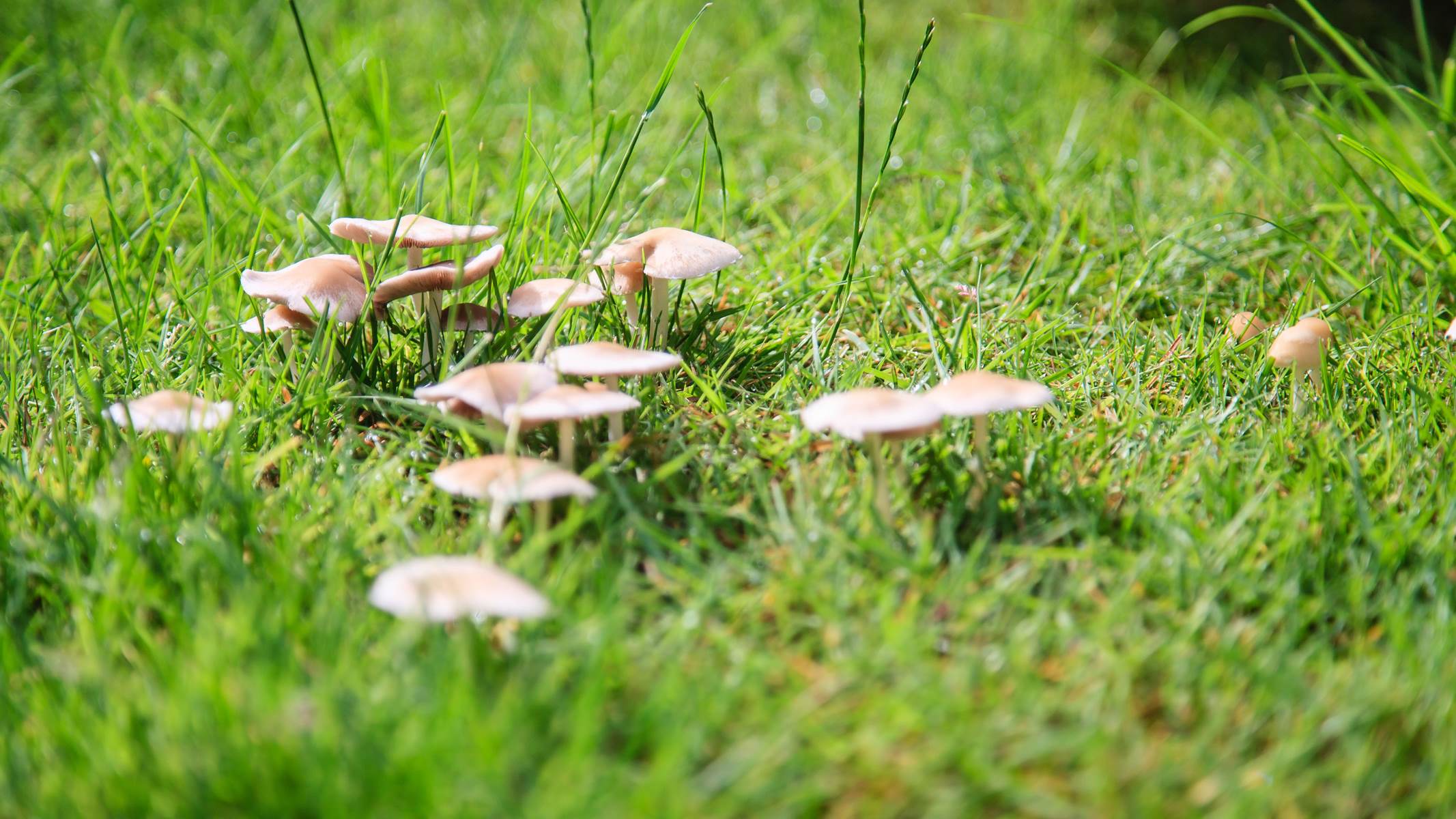

Landscaping Ideas
What Kills Mushrooms In Grass
Modified: March 24, 2024
Learn effective landscaping ideas to prevent the growth of mushrooms in your grass. Discover what kills mushrooms and keeps your lawn looking pristine.
(Many of the links in this article redirect to a specific reviewed product. Your purchase of these products through affiliate links helps to generate commission for Storables.com, at no extra cost. Learn more)
Introduction
When it comes to landscaping, the presence of mushrooms in grass can be a fascinating sight. These small, often overlooked organisms play a crucial role in the ecosystem, aiding in the decomposition of organic matter and enriching the soil. However, despite their beneficial nature, mushrooms in grass are susceptible to various threats that can hinder their growth and survival. Understanding the factors that can potentially harm mushrooms in grass is essential for maintaining a healthy and vibrant landscape.
In this article, we will delve into the intricate relationship between fungi and grass, exploring the common threats that can impede mushroom growth. Additionally, we will discuss the environmental factors and human activities that can negatively impact mushrooms in grass. Furthermore, we will provide valuable insights on how to protect and promote the growth of mushrooms in grass, fostering a thriving and harmonious landscape. By gaining a deeper understanding of the challenges faced by mushrooms in grass, we can take proactive measures to support their presence and contribute to the overall health of our outdoor spaces.
Key Takeaways:
- Mushrooms in grass play a vital role in soil health and nutrient cycling, but they face threats from chemicals, soil compaction, and the removal of organic matter. Understanding and addressing these challenges can help protect and promote their growth.
- To support the growth of mushrooms in grass, minimize the use of chemical fertilizers and pesticides, reduce soil compaction, retain organic matter, promote native plant species, and engage in responsible landscaping practices. Creating a holistic and supportive environment can nurture the presence of these fascinating organisms.
Read more: What Kills Mushrooms On Lawns
Understanding the Role of Fungi in Grass
Fungi play a fundamental role in the health and vitality of grass and broader ecosystems. Beneath the surface of the soil, a complex network of fungal mycelium works tirelessly to break down organic matter, such as fallen leaves and dead plant material. This process of decomposition is crucial for nutrient cycling, as it releases essential minerals and compounds back into the soil, enriching it and supporting the growth of grass and other plants.
Moreover, certain species of fungi form symbiotic relationships with grass roots, a mutually beneficial association known as mycorrhizae. In this partnership, the fungi extend their hyphae, or thread-like structures, into the root systems of grass, effectively increasing the plant’s access to water and nutrients in the soil. In return, the grass provides the fungi with sugars produced through photosynthesis, sustaining their growth and vitality.
Furthermore, the presence of mushrooms in grass indicates a healthy and balanced soil ecosystem. As mushrooms emerge from the ground, they release spores that disperse and colonize new areas, contributing to the expansion of fungal networks and the continued decomposition of organic matter.
Overall, fungi play a critical role in maintaining the ecological equilibrium of grass and soil systems. By understanding and appreciating the multifaceted contributions of fungi, we can cultivate a deeper respect for their presence in our outdoor environments and strive to safeguard their well-being.
Common Threats to Mushroom Growth in Grass
While mushrooms are resilient organisms, they face several threats that can impede their growth and development in grassy areas. Understanding these challenges is essential for preserving the delicate balance of the ecosystem and promoting the flourishing of these beneficial fungi.
One common threat to mushroom growth in grass is the presence of chemical fertilizers and pesticides. These synthetic substances, often used to maintain the aesthetic appeal of lawns, can have detrimental effects on the fungal networks that support mushroom growth. The chemicals may disrupt the delicate balance of the soil microbiome, inhibiting the decomposition processes and hindering the proliferation of mushrooms.
Additionally, compaction of the soil poses a significant threat to mushroom growth. Heavy foot traffic, construction activities, or the use of heavy machinery can compact the soil, reducing its porosity and oxygen levels. This compaction restricts the movement of air and water through the soil, creating an inhospitable environment for mushrooms to thrive.
Furthermore, the removal of organic matter, such as fallen leaves and decaying plant material, can deprive mushrooms of their essential nutrient source. In meticulously manicured landscapes, the practice of raking and removing organic debris disrupts the natural cycle of decomposition, depriving fungi of the organic matter they require for sustenance and growth.
Another threat to mushroom growth in grass is the presence of invasive species or aggressive grasses. These plants may outcompete the native grasses and disrupt the delicate balance of the soil ecosystem, potentially inhibiting the growth of mushrooms and altering the overall biodiversity of the landscape.
By recognizing and addressing these common threats, we can take proactive measures to mitigate their impact and create an environment that is conducive to the flourishing of mushrooms in grass. Through mindful landscaping practices and a deeper understanding of the needs of fungi, we can work towards fostering a harmonious and thriving ecosystem.
Environmental Factors Affecting Mushroom Growth
Several environmental factors play a pivotal role in influencing the growth and proliferation of mushrooms in grass. Understanding these factors is essential for creating an environment that is conducive to the flourishing of these fascinating organisms.
One of the most critical environmental factors affecting mushroom growth is moisture. Adequate moisture levels in the soil are essential for the development of mushrooms. Periods of consistent rainfall or irrigation can create the ideal conditions for mushroom emergence, providing the necessary hydration for the fungi to thrive. Conversely, prolonged drought or excessively dry soil can inhibit the growth of mushrooms, leading to a decline in their presence in grassy areas.
Moreover, temperature fluctuations have a significant impact on mushroom growth. Different species of mushrooms thrive in specific temperature ranges, and variations outside of these optimal conditions can hinder their development. For example, certain mushrooms may prefer cooler temperatures, while others thrive in warmer environments. Understanding the temperature preferences of different mushroom species is crucial for creating a hospitable habitat for their growth.
The composition of the soil also plays a vital role in influencing mushroom growth. Fertile, well-draining soils rich in organic matter provide an ideal substrate for mushrooms to proliferate. Soil pH levels can also affect mushroom growth, as some species thrive in acidic conditions, while others prefer neutral or slightly alkaline soils. Understanding the unique soil requirements of different mushroom species is essential for creating an environment that supports their growth.
Furthermore, light exposure can impact the growth and development of mushrooms. While most mushrooms thrive in dark or shaded environments, some species may require minimal exposure to light to trigger their fruiting bodies’ formation. Understanding the light preferences of different mushroom species is crucial for optimizing their growth in grassy areas.
By considering and managing these environmental factors, we can create a conducive habitat for the growth of mushrooms in grass. By maintaining optimal moisture levels, temperature conditions, soil composition, and light exposure, we can foster an environment that supports the proliferation of these fascinating organisms, contributing to the overall biodiversity and health of our landscapes.
To prevent mushrooms from growing in your grass, avoid overwatering and improve drainage. Remove any decaying organic matter and aerate the soil to reduce moisture retention.
Human Activities That Can Harm Mushrooms in Grass
While mushrooms in grass contribute to the ecological balance and aesthetic appeal of outdoor spaces, certain human activities can inadvertently harm these delicate organisms. Understanding the potential impact of human actions on mushroom growth is crucial for fostering a landscape that supports the thriving presence of these beneficial fungi.
One of the primary human activities that can harm mushrooms in grass is the use of chemical pesticides and herbicides. These synthetic substances, often employed to control pests and undesirable plant growth, can have detrimental effects on the fungal networks that support mushroom growth. The chemicals may disrupt the delicate balance of the soil microbiome, inhibiting the decomposition processes and hindering the proliferation of mushrooms.
Furthermore, the compaction of soil caused by heavy foot traffic, construction activities, or the use of heavy machinery can harm mushrooms in grass. Compacted soil reduces the porosity and oxygen levels, creating an inhospitable environment for mushrooms to thrive. By minimizing soil compaction and implementing measures to improve soil aeration, we can mitigate the adverse impact of human activities on mushroom growth.
The removal of organic matter, such as fallen leaves and decaying plant material, can also harm mushrooms in grass. In meticulously manicured landscapes, the practice of raking and removing organic debris disrupts the natural cycle of decomposition, depriving fungi of the organic matter they require for sustenance and growth. Encouraging the retention of organic matter and implementing mulching practices can help create a supportive environment for mushroom growth.
Additionally, the introduction of non-native plant species and aggressive grasses can disrupt the delicate balance of the soil ecosystem, potentially inhibiting the growth of mushrooms and altering the overall biodiversity of the landscape. By promoting the use of native plant species and implementing responsible landscaping practices, we can minimize the adverse impact of invasive plants on mushroom growth.
By raising awareness of the potential harm caused by certain human activities, we can encourage mindful landscaping practices that support the flourishing of mushrooms in grass. Through a deeper understanding of the interconnectedness of human actions and the well-being of fungi, we can work towards creating landscapes that nurture and celebrate the presence of these captivating organisms.
How to Protect and Promote Mushroom Growth in Grass
Creating an environment that supports the growth and proliferation of mushrooms in grass involves a thoughtful and holistic approach to landscaping and land management. By implementing mindful practices and fostering a deeper understanding of the needs of fungi, we can protect and promote the presence of these beneficial organisms in outdoor spaces.
One of the key strategies for protecting and promoting mushroom growth in grass is to minimize the use of chemical fertilizers, pesticides, and herbicides. Instead, adopting organic and sustainable lawn care practices can help maintain a healthy soil microbiome and support the growth of mushrooms. Natural fertilizers, such as compost and organic amendments, can enrich the soil and provide essential nutrients for mushroom development.
Furthermore, reducing soil compaction through measures such as aerating the soil and minimizing heavy foot traffic can create a more hospitable environment for mushrooms to thrive. By preserving the natural structure and porosity of the soil, we can support the growth of fungal networks and encourage the emergence of mushrooms in grassy areas.
Encouraging the retention of organic matter, such as fallen leaves and decaying plant material, is essential for providing a nutrient-rich substrate for mushroom growth. Implementing mulching practices and allowing natural debris to decompose on the soil surface can contribute to the availability of organic matter, fostering the proliferation of mushrooms in grass.
Moreover, promoting the use of native plant species and creating diverse, ecologically balanced landscapes can support the growth of mushrooms in grass. Native plants contribute to the establishment of healthy soil ecosystems, providing a supportive habitat for fungi and enhancing the overall biodiversity of the landscape.
Engaging in responsible landscaping practices, such as selective pruning and the preservation of natural habitats, can also contribute to the protection and promotion of mushroom growth in grass. By creating an environment that mirrors the natural ecological processes, we can cultivate a landscape that embraces the presence of mushrooms and celebrates their vital role in the ecosystem.
By integrating these strategies into landscaping and land management practices, we can foster a landscape that supports the growth and proliferation of mushrooms in grass. Through a harmonious and holistic approach, we can protect and promote the presence of these fascinating organisms, contributing to the overall health and vitality of our outdoor spaces.
Conclusion
The presence of mushrooms in grass signifies a thriving and balanced ecosystem, where these fascinating organisms play a vital role in soil health and nutrient cycling. However, mushrooms in grass are susceptible to various threats, both environmental and human-induced, that can hinder their growth and vitality. By understanding the complex relationship between fungi and grass, as well as the challenges they face, we can take proactive measures to protect and promote their presence in outdoor spaces.
Environmental factors, such as moisture levels, temperature, soil composition, and light exposure, profoundly influence the growth and proliferation of mushrooms in grass. By managing these factors and creating a conducive habitat, we can support the flourishing of these beneficial organisms and contribute to the overall biodiversity of our landscapes.
Human activities, including the use of chemical fertilizers and pesticides, soil compaction, and the removal of organic matter, can inadvertently harm mushrooms in grass. By adopting sustainable and mindful landscaping practices, minimizing soil disturbance, and preserving natural habitats, we can mitigate the adverse impact of human actions on mushroom growth.
Protecting and promoting mushroom growth in grass involves a holistic approach to land management, encompassing organic lawn care practices, the retention of organic matter, the promotion of native plant species, and responsible landscaping behaviors. By integrating these strategies, we can create a landscape that nurtures and celebrates the presence of mushrooms, fostering a harmonious and vibrant outdoor environment.
Ultimately, by recognizing the value of mushrooms in grass and embracing their role in the ecosystem, we can cultivate a deeper appreciation for the interconnectedness of all living organisms within our landscapes. Through mindful stewardship and a commitment to supporting the growth of mushrooms, we can contribute to the resilience and sustainability of our outdoor spaces, creating environments that thrive with the presence of these captivating and essential organisms.
Frequently Asked Questions about What Kills Mushrooms In Grass
Was this page helpful?
At Storables.com, we guarantee accurate and reliable information. Our content, validated by Expert Board Contributors, is crafted following stringent Editorial Policies. We're committed to providing you with well-researched, expert-backed insights for all your informational needs.
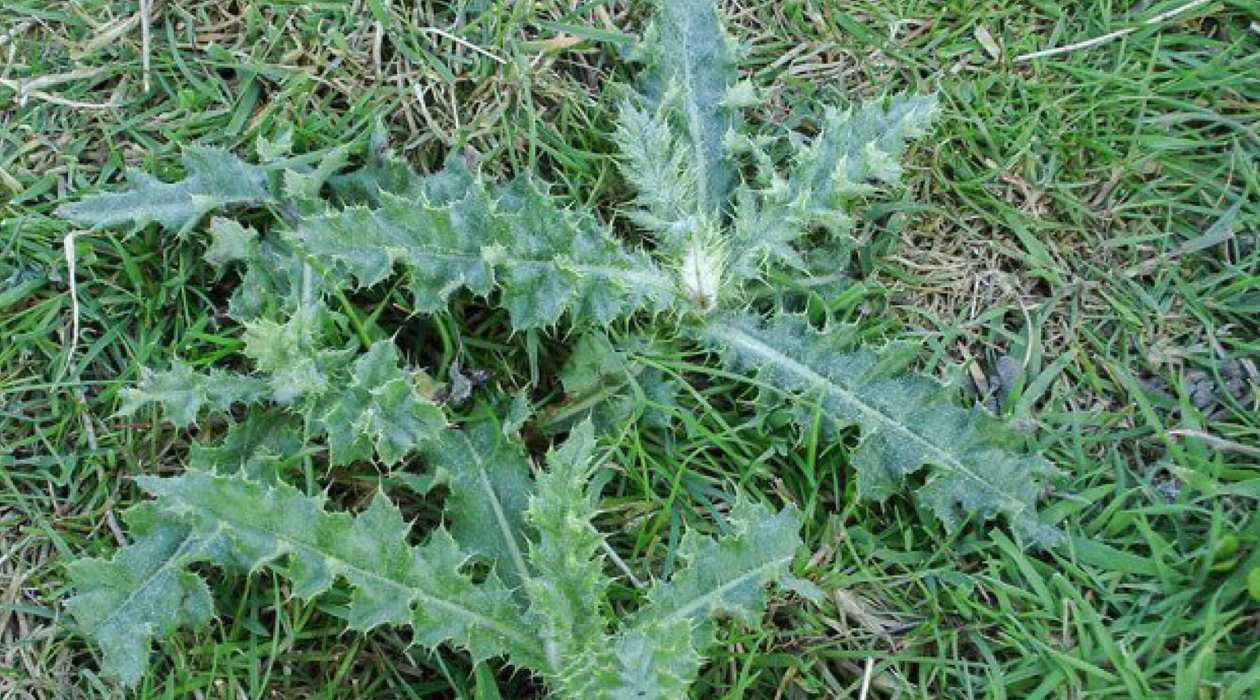
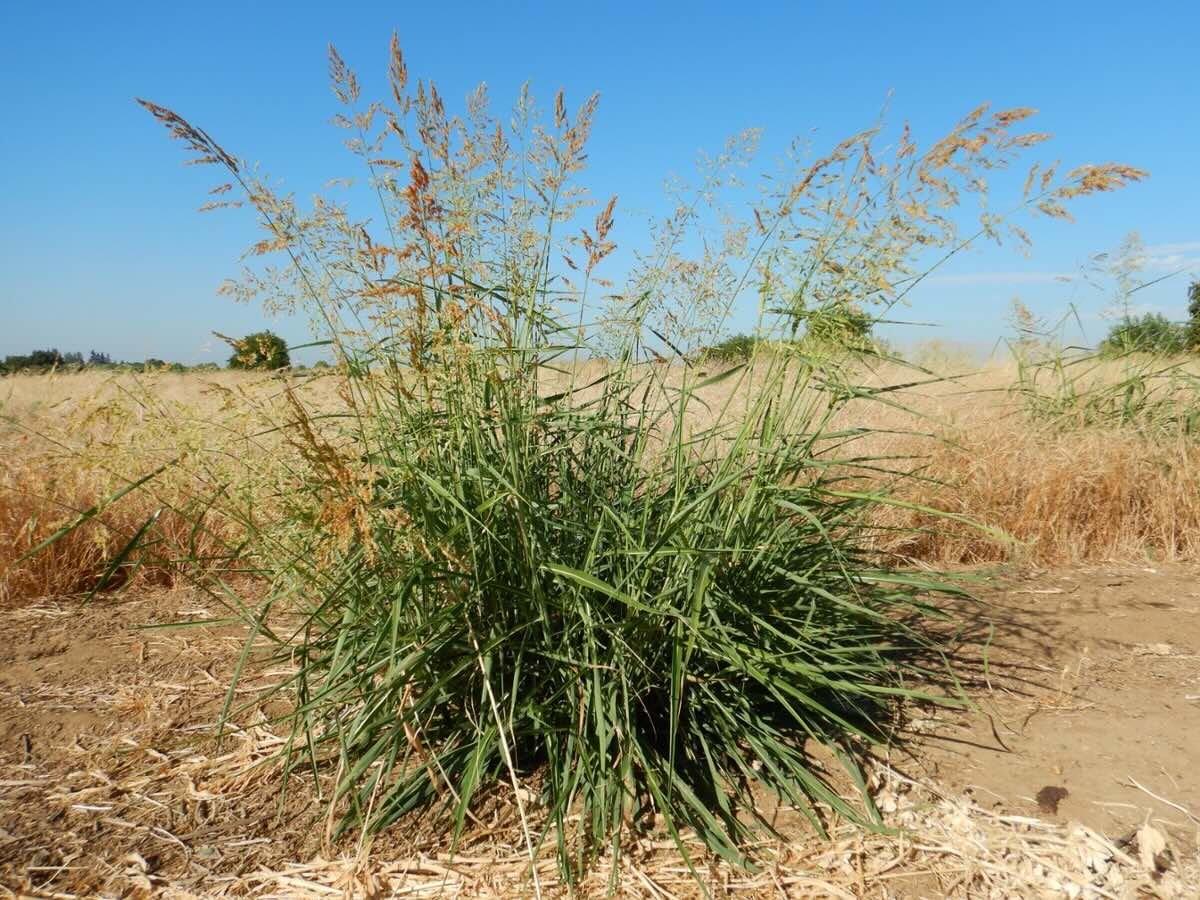
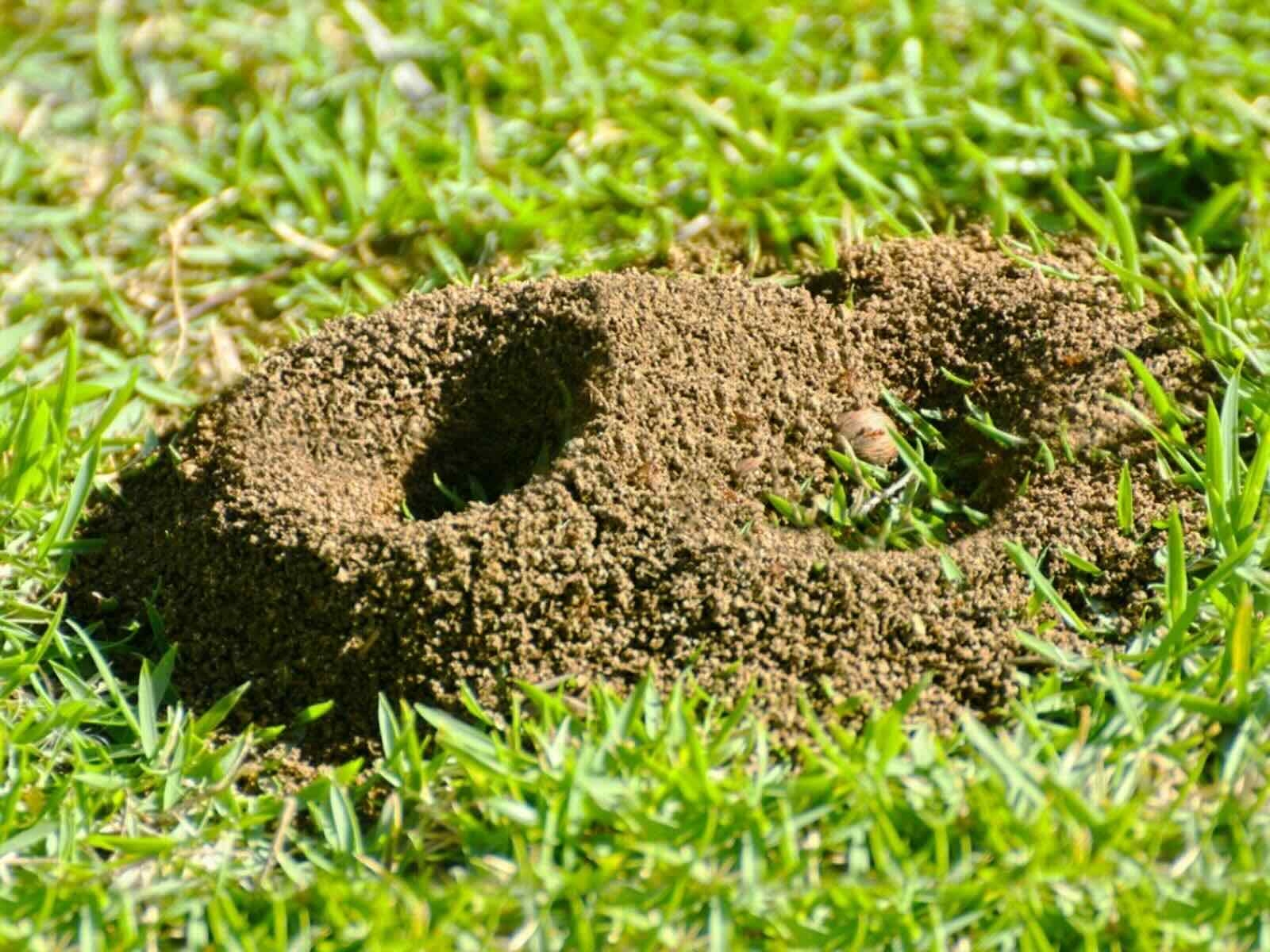
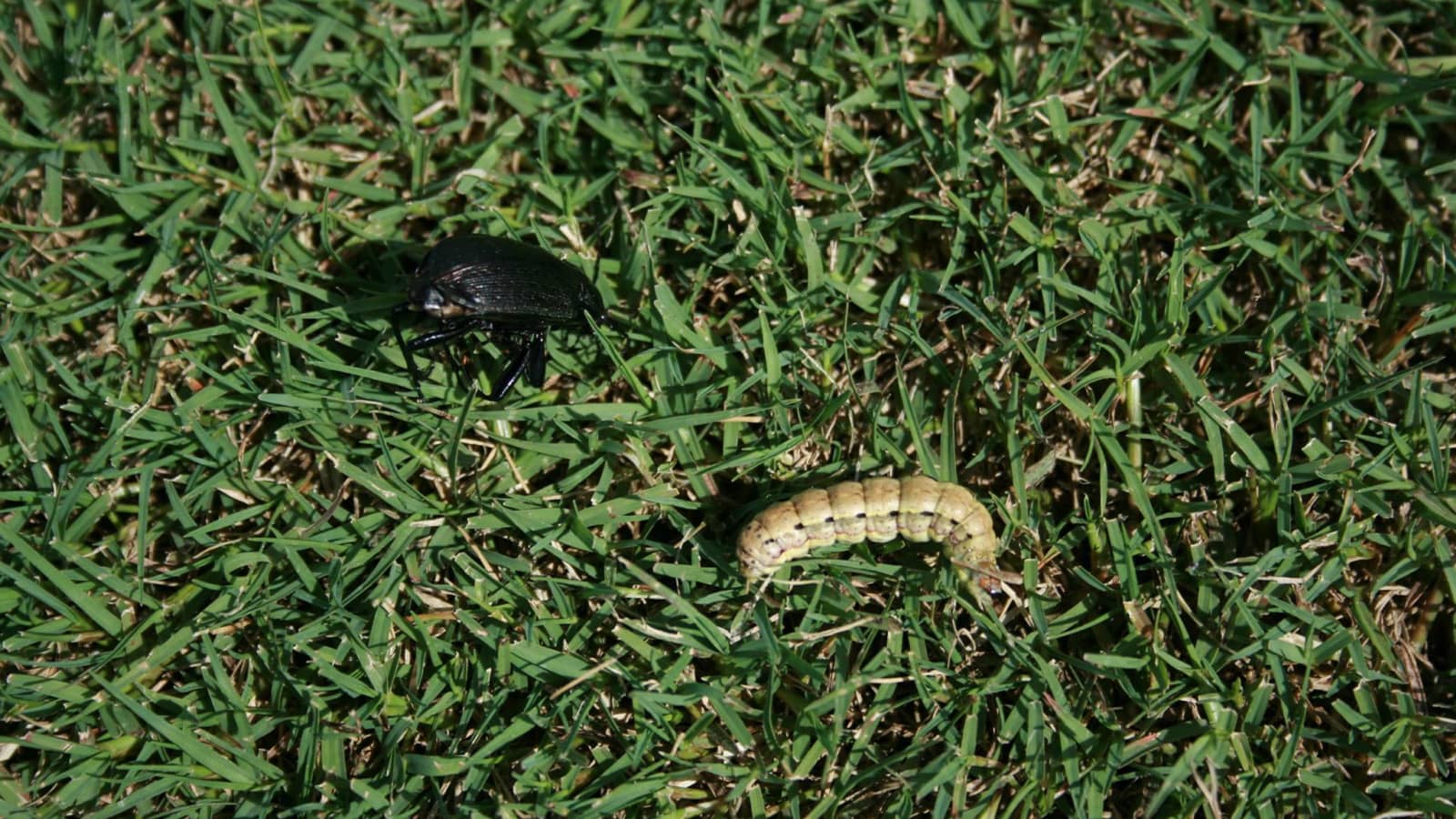
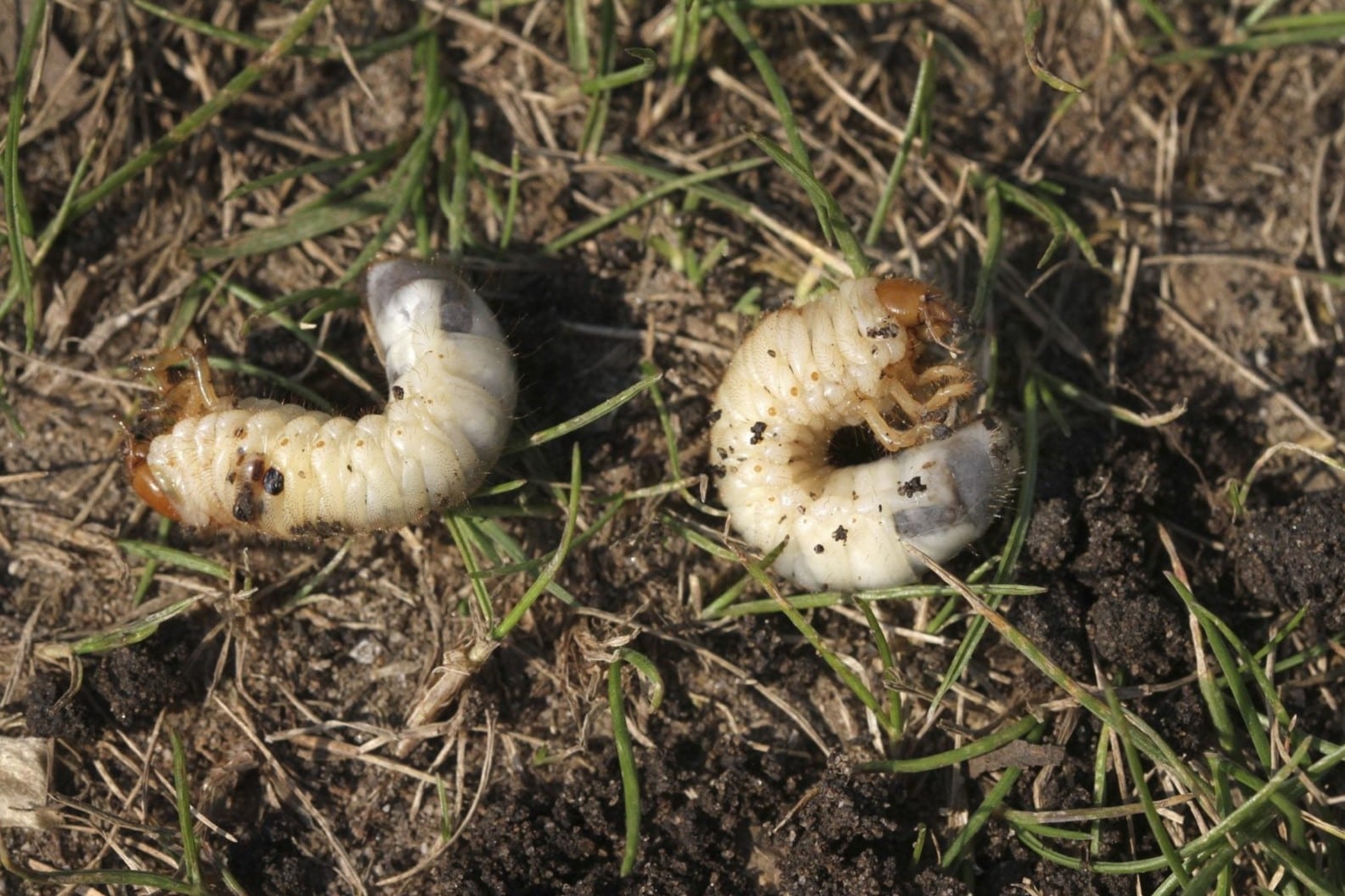
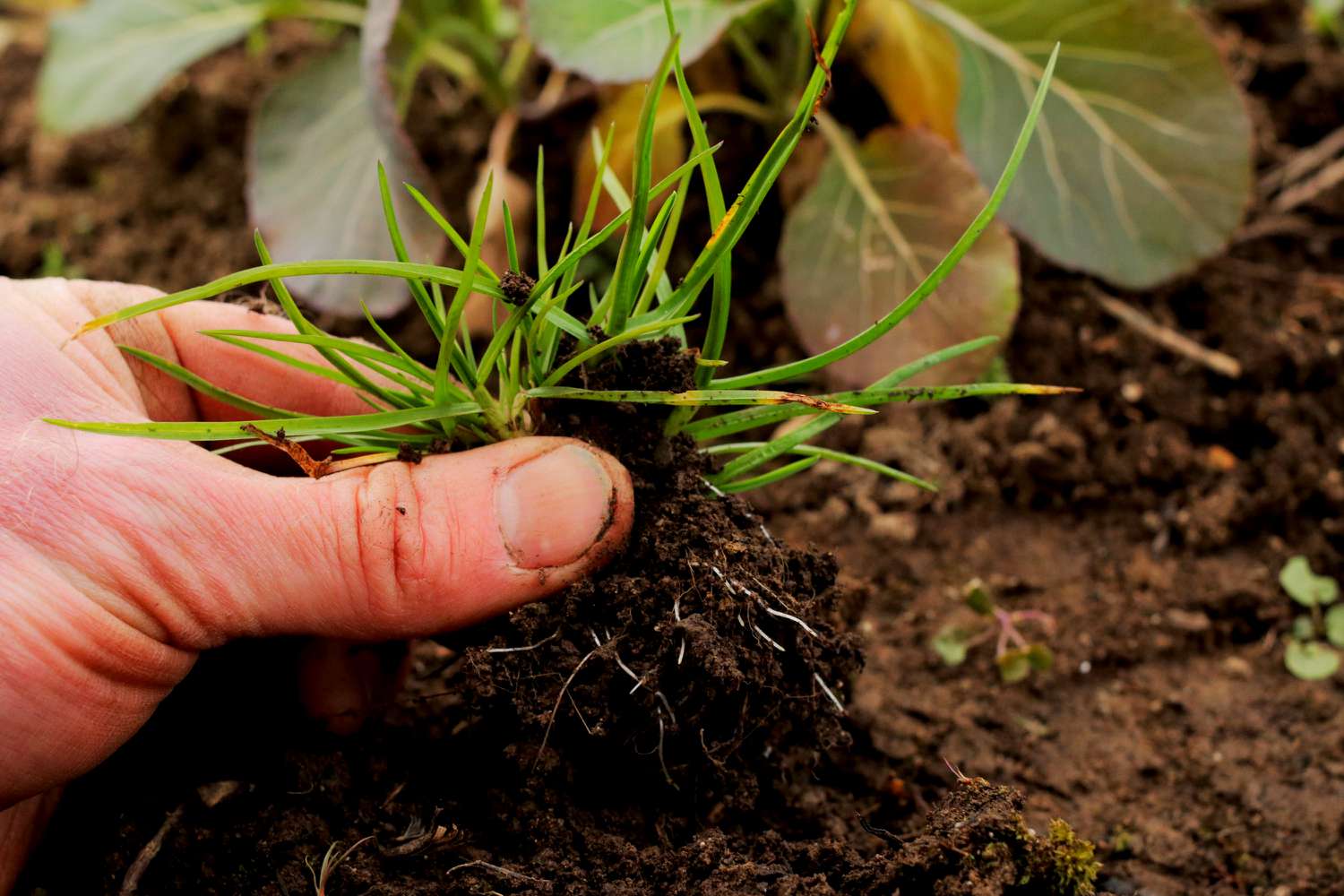
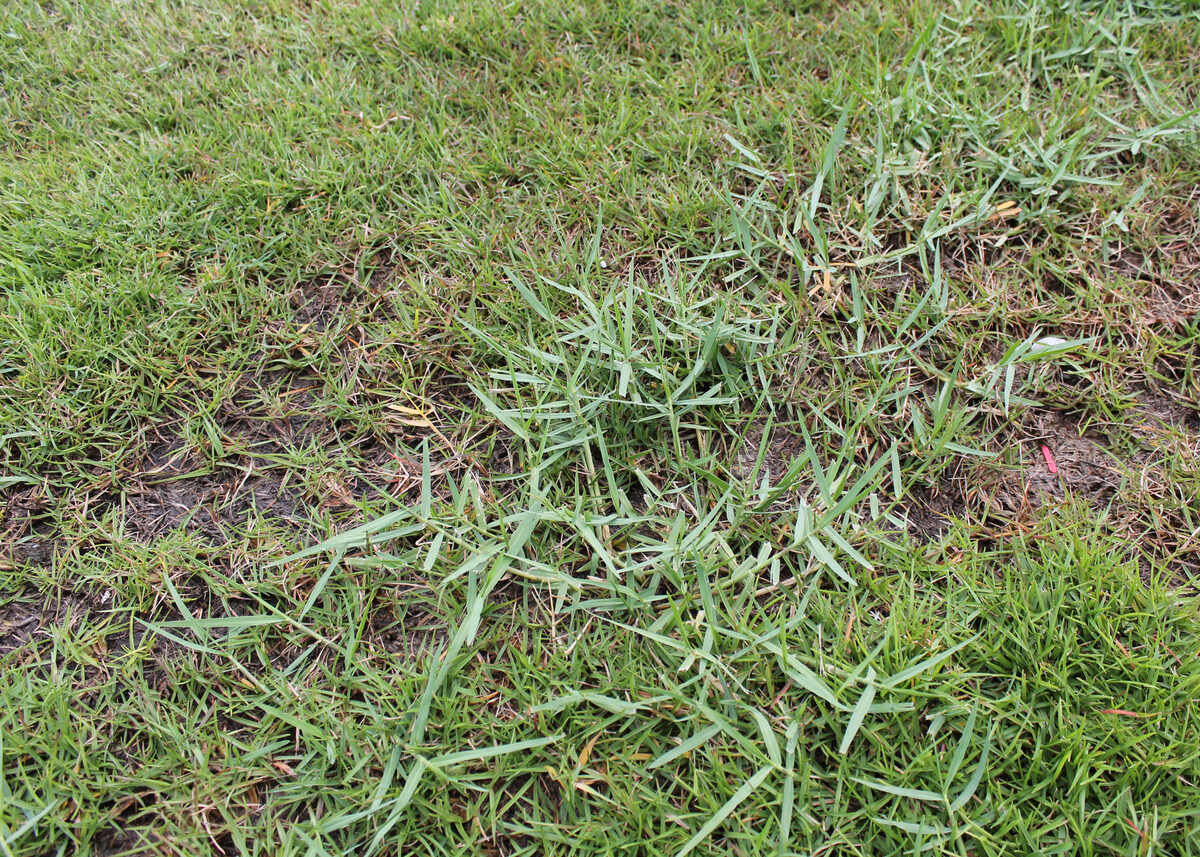
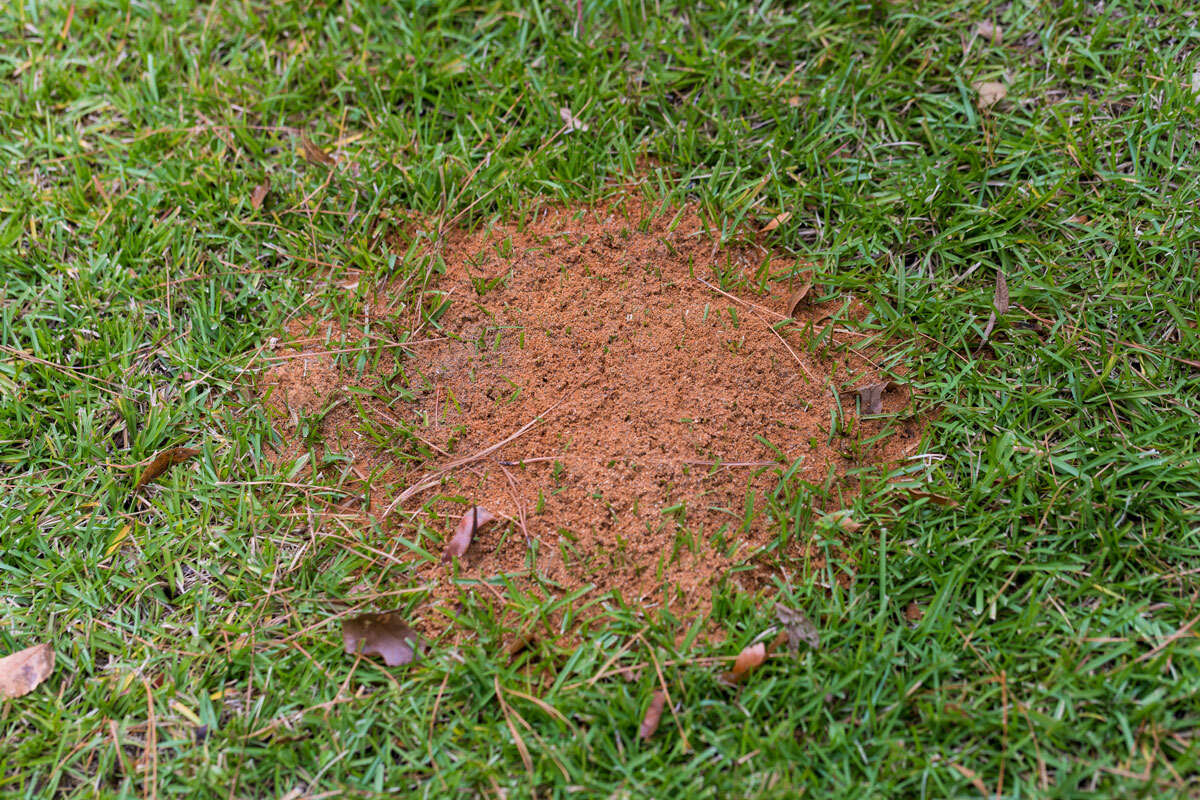
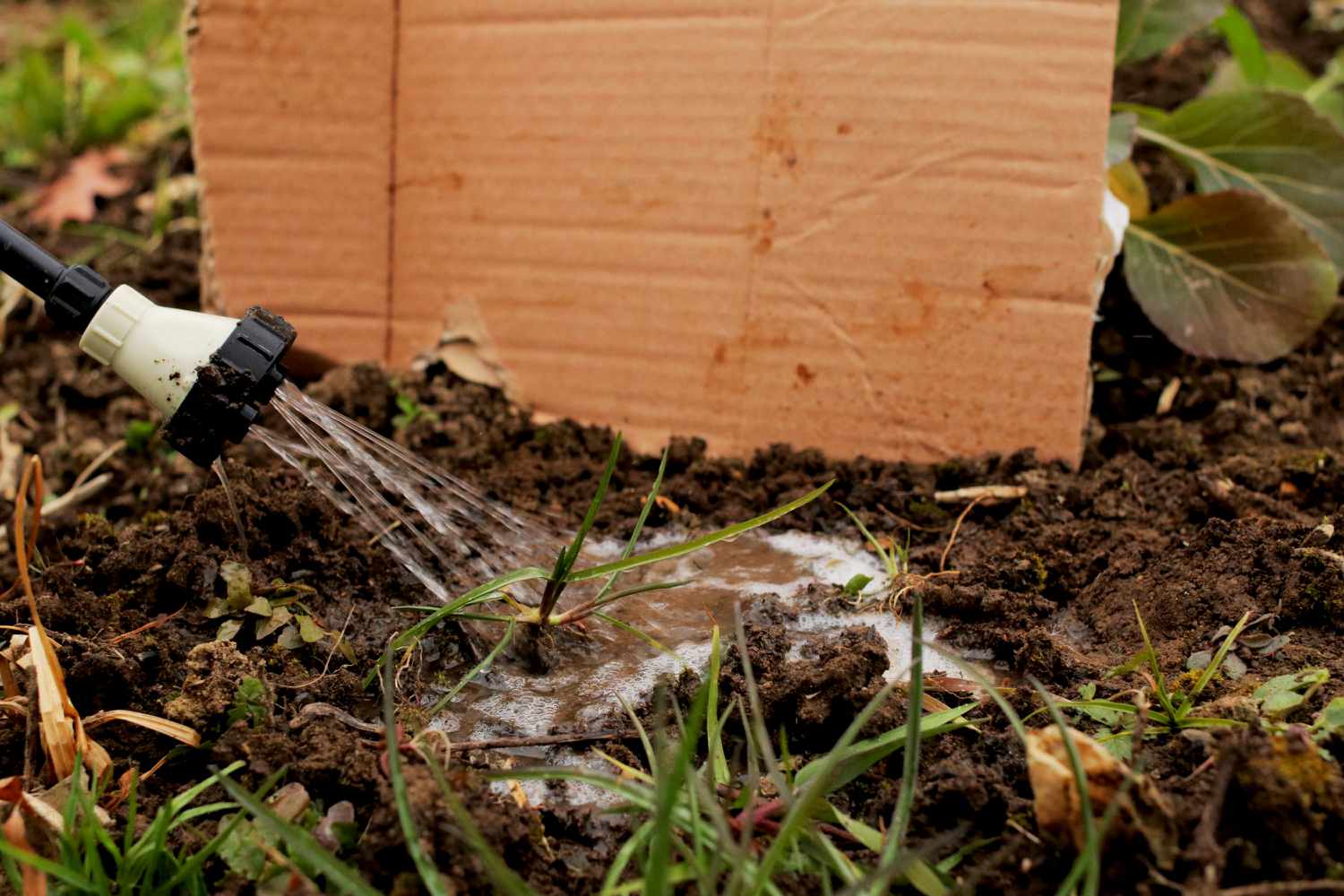
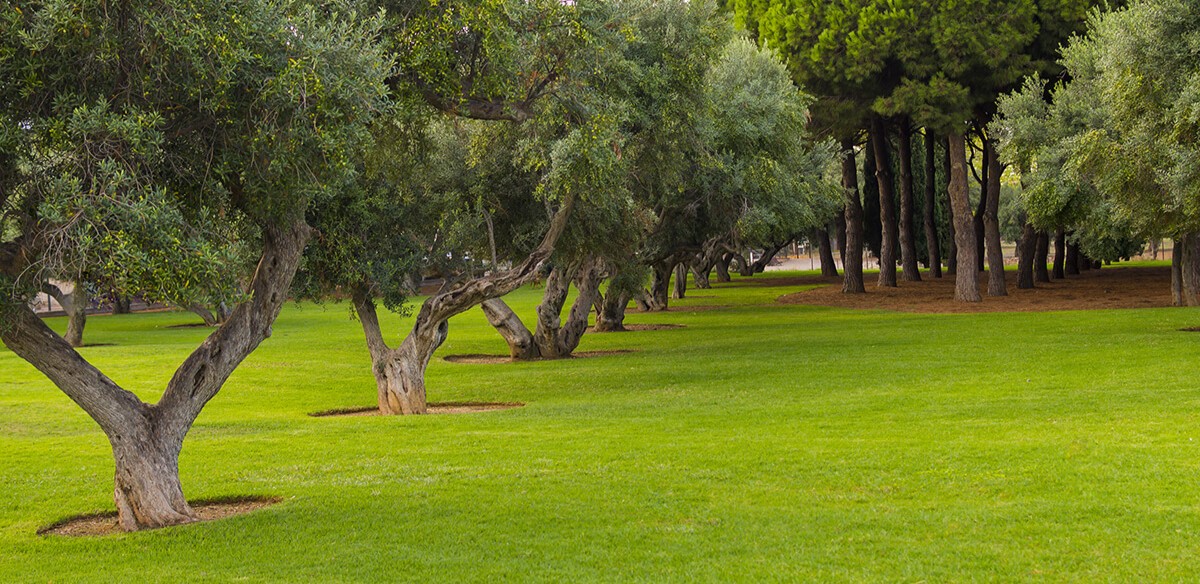
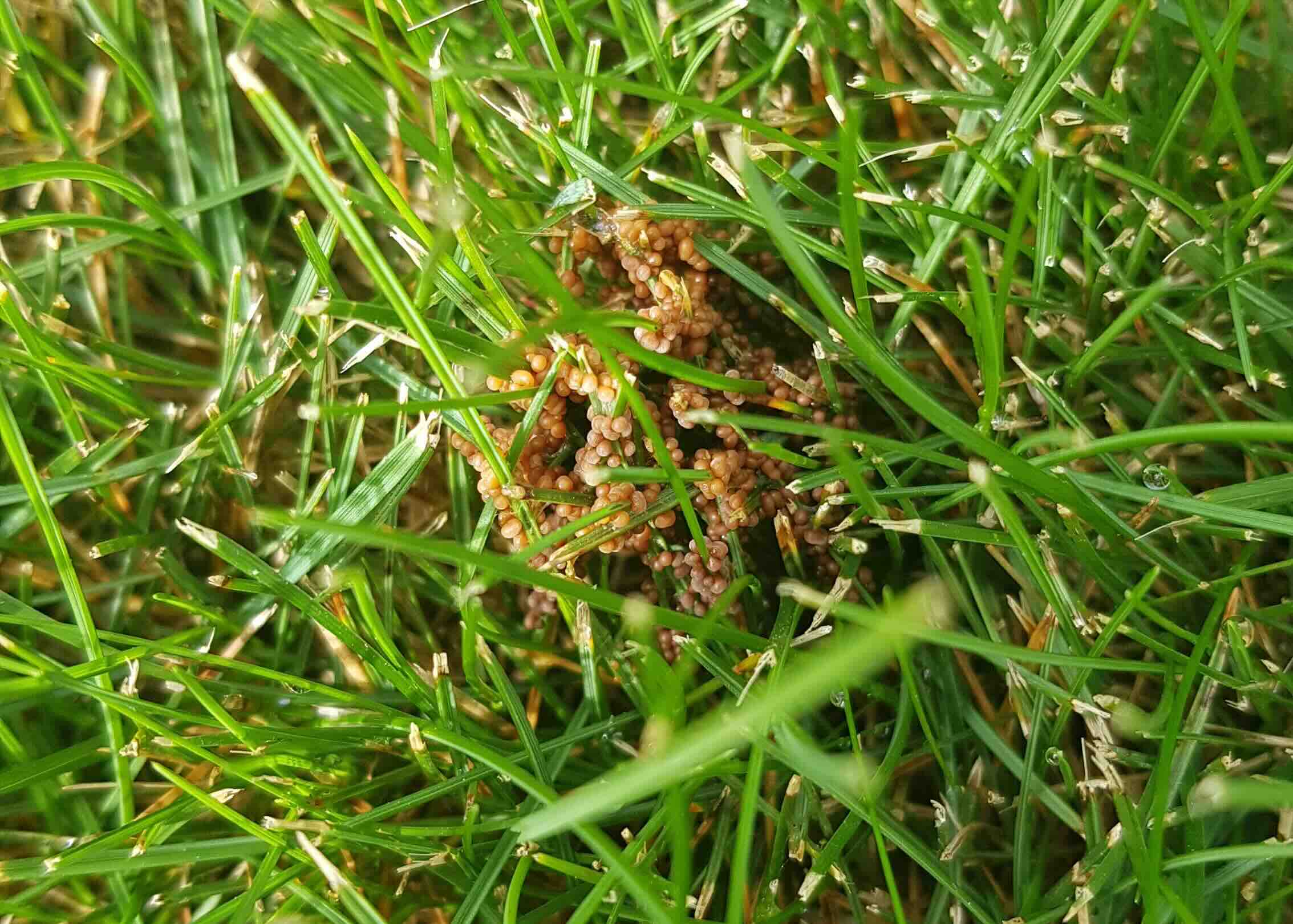
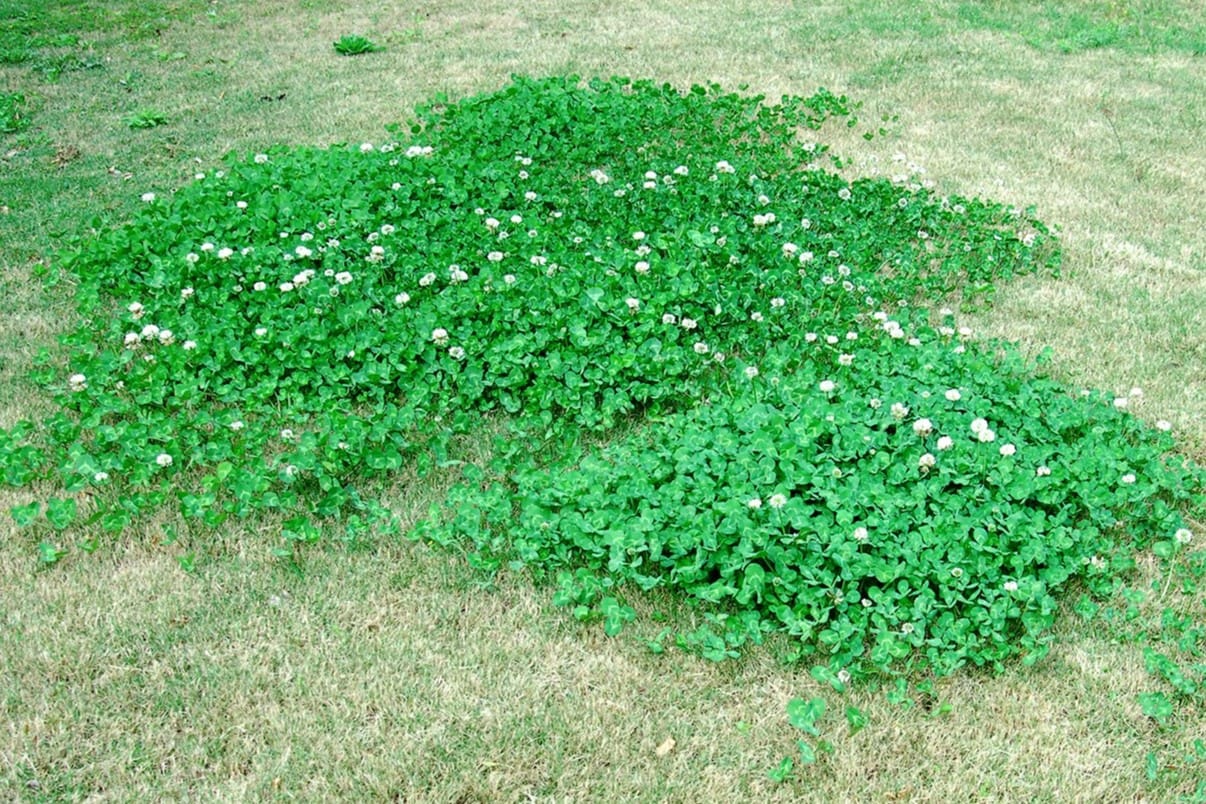

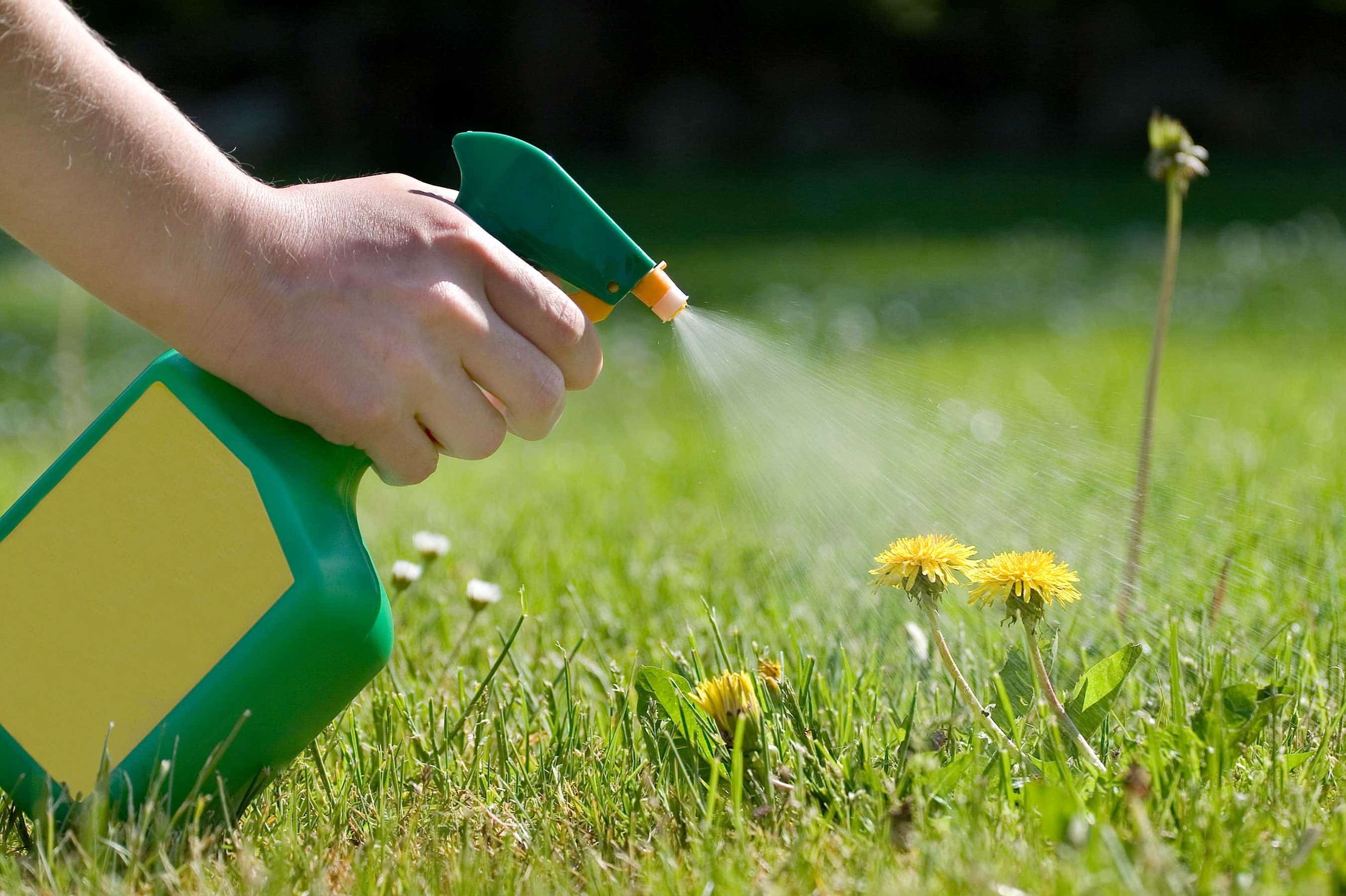

0 thoughts on “What Kills Mushrooms In Grass”